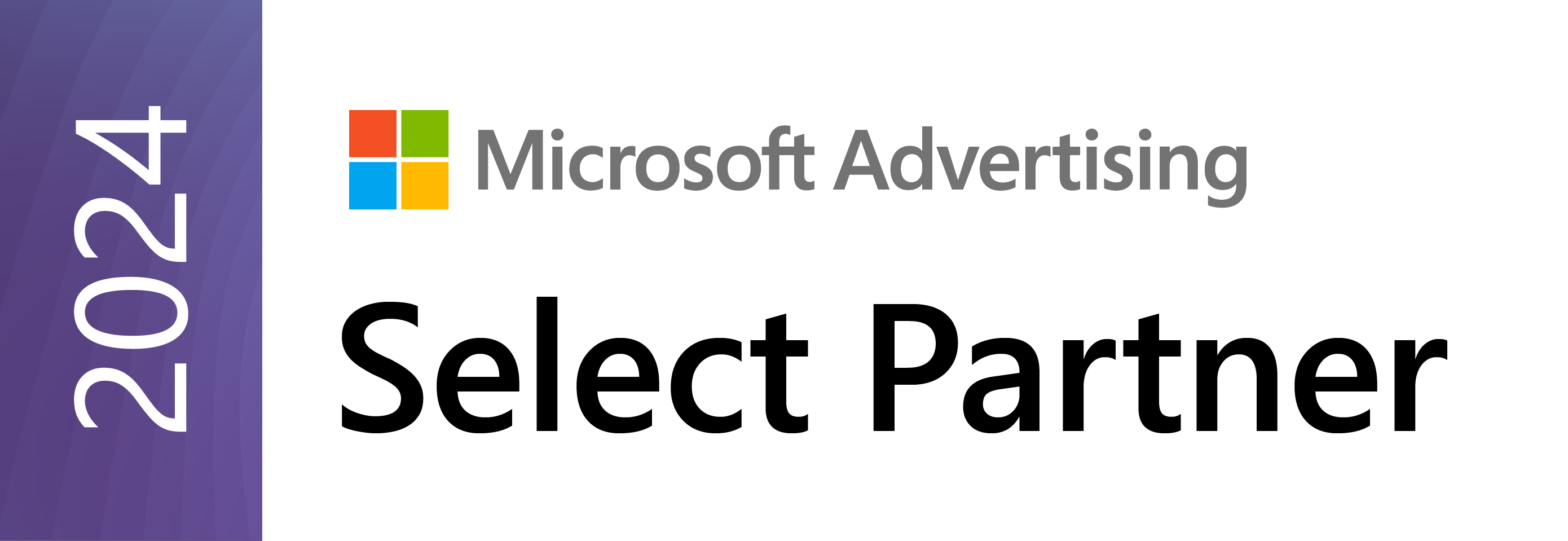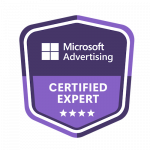
The Critical Role of Landing Page Optimization in PPC Marketing
Pay-per-click (PPC) advertising remains one of the most effective ways for businesses to drive traffic and generate leads online. But here’s the catch: the effectiveness of a PPC campaign doesn’t stop at the ad itself—it hinges on what happens after the click. A well-crafted landing page can be the difference between wasted ad spend and a high-performing campaign that drives measurable growth.
Landing page optimization ensures that the promises made in PPC ads are fulfilled once a user lands on the page. It builds trust, improves user experience, and guides visitors toward a specific action—whether that’s filling out a form, signing up for a consultation, or making a purchase. When done right, landing pages not only boost conversions but also improve ad quality scores, reduce cost-per-click, and maximize ROI.
Why Landing Pages Make or Break PPC Campaigns
Think of a PPC ad as an invitation. The landing page is the event itself. If the event doesn’t live up to the promise of the invitation, attendees won’t stick around.
Without a dedicated, optimized landing page, businesses risk sending paid traffic to generic pages, cluttered homepages, or sites that don’t align with the ad copy. This disconnect creates friction, frustrates users, and dramatically lowers conversion rates.
Optimized landing pages serve as a direct bridge between ad and action. They remove distractions, emphasize a single conversion goal, and meet the visitor’s expectations. The payoff is huge: higher conversions, stronger brand credibility, and better use of every marketing dollar.
Key Trends Shaping Landing Page Optimization
Digital marketing evolves quickly, and PPC landing pages are no exception. Recent trends highlight how businesses can adapt their pages to maximize effectiveness:
1. 1:1 Attention Ratio
Modern landing page best practices focus on minimizing distractions. By eliminating unnecessary navigation bars, footer links, or external social icons, businesses can keep users focused on a single call-to-action. A HubSpot test even showed that removing navigation menus could double conversion rates.
2. Social Proof at the Forefront
Today’s consumers trust recommendations more than brand promises. According to Nielsen, 70% of people trust opinions from strangers online, making reviews, testimonials, and case studies powerful conversion drivers. Highlighting social proof reassures visitors they’re making the right choice.
3. Mobile Optimization Is Non-Negotiable
With over 54% of global web traffic coming from mobile devices in 2023, a landing page that isn’t mobile-friendly risks alienating half of its audience. Mobile-optimized designs with fast load times and tap-friendly buttons ensure campaigns reach their full potential.
4. The Rise of AI-Powered Personalization
Artificial intelligence is transforming landing page design. By analyzing visitor behavior, AI tools can dynamically serve page variants that match user intent—maximizing the likelihood of conversion.
Best Practices for PPC Landing Pages
To truly unlock PPC’s potential, businesses should approach landing page optimization as a structured process rather than a one-time project. Some proven best practices include:
1. Align Ad Copy and Page Content
Consistency matters. The headline on your landing page should mirror the language of your PPC ad. This alignment reassures visitors that they’ve landed in the right place and sets the stage for conversions.
2. Leverage Conversion-Oriented Design
Every design element—from button colors to page layout—should point toward the desired action. Keep the design clean, eliminate unnecessary distractions, and highlight the call-to-action prominently.
3. Use Compelling Media Wisely
Videos can increase conversions by up to 86% because they quickly engage visitors. However, balance is key—overloading a page with large media files can slow load times and hurt performance.
4. Test, Measure, Improve
A/B testing is essential. By testing variations of headlines, images, and CTA placements, businesses can uncover what resonates most with their audience. Tools like heatmaps and session replays reveal where users drop off, helping marketers refine their approach.
5. Track Conversions Accurately
Without proper conversion tracking, it’s impossible to know whether optimizations are working. Tracking provides the data needed to justify ad spend and refine campaigns over time.
The Role of Technology and Human Creativity
While AI-driven optimization is powerful, relying solely on automation can backfire. The best landing pages balance technology with human insight. AI can help predict which layouts might perform better, but human marketers bring the creativity, empathy, and storytelling that connect with audiences on an emotional level.
This balance ensures campaigns aren’t just efficient but also memorable—building trust and long-term loyalty.
Future Outlook: Where Landing Page Optimization Is Headed
Looking ahead, the future of PPC landing pages is clear: personalization and speed will dominate. Pages will become increasingly adaptive, serving unique versions based on visitor demographics, behavior, and even time of day.
Meanwhile, the market for landing page builders and CRO (conversion rate optimization) tools is growing rapidly, giving businesses more resources than ever to test and refine campaigns. Staying ahead of these shifts will require businesses to remain flexible and proactive.
Why Expert Guidance Matters
Landing page optimization might sound straightforward, but in practice, it requires deep expertise in user experience, data analysis, and digital marketing strategy. Many businesses fail to maximize their PPC spend simply because their post-click experience doesn’t match their ad quality.
Partnering with professionals ensures campaigns run efficiently from start to finish. Subtle adjustments—like refining ad-to-page alignment or implementing AI testing—can lead to exponential improvements in ROI.
For organizations looking to grow smarter, not just bigger, collaborating with a team that understands both PPC management and landing page optimization is the fastest path to measurable success. Companies like CS Design Studio have helped businesses integrate cutting-edge landing page strategies into their PPC efforts, ensuring every marketing dollar works harder.
Final Thoughts
PPC campaigns don’t succeed because of flashy ads alone—they succeed because of what happens after the click. Landing page optimization is the backbone of profitable campaigns, turning ad traffic into paying customers.
By focusing on trends like mobile-first design, AI-powered personalization, and social proof, businesses can significantly improve their conversion rates and maximize ROI. But to truly excel, they must treat landing page optimization as an ongoing process—one that blends data, creativity, and expertise.
With the right approach, every PPC campaign can transform from a cost center into a growth engine. And for businesses ready to elevate their digital marketing, working with experts who understand the nuances of both PPC and landing page optimization can make all the difference.




